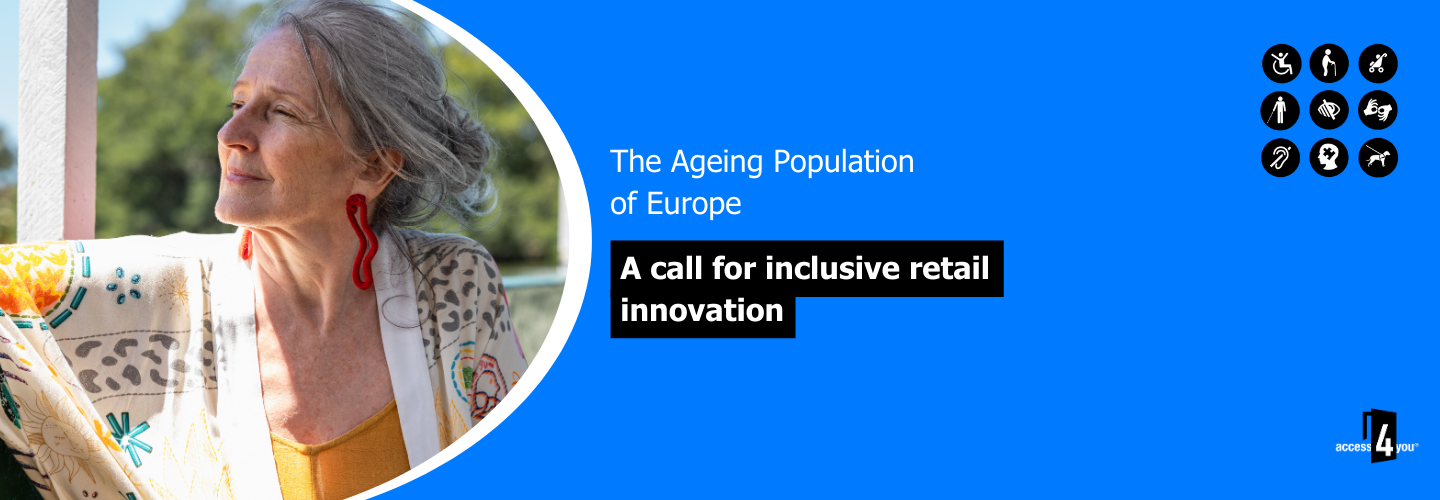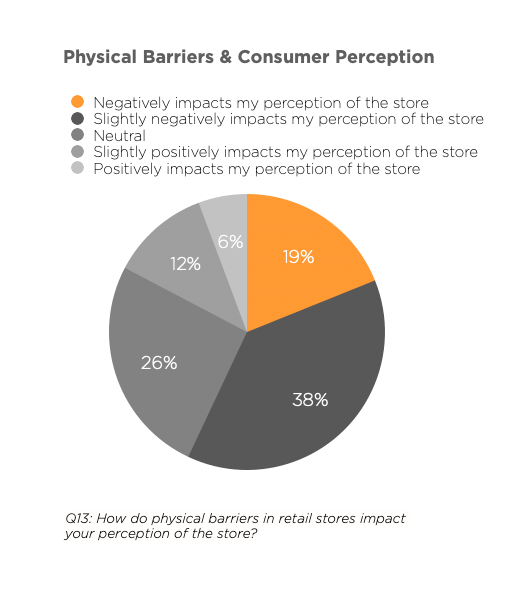With the European region witnessing unprecedented demographic shifts, the spotlight is now on the need for the retail segment to evolve. This means prioritising accessibility and inclusion, especially for an ageing population and individuals with disabilities.
Understanding the Demographic Shift
Globally, the proportion of the population over 60 years is set to nearly double from 12% to 22% between 2015 and 2050. This global trend is mirrored in Europe, where countries are experiencing significant growth in both the size and the proportion of older adults in their populations. Notably, by 2030, 1 in 6 people worldwide will be aged 60 years or over, skyrocketing from 1 billion in 2020 to 1.4 billion. By 2050, this number is expected to reach 2.1 billion, with the number of persons aged 80 years or older expected to triple to 426 million within the same timeframe.
These statistics underscore a demographic shift, compelling the retail sector to rethink how it accommodates an ageing consumer base. What’s more, by 2050, 80% of older people will be living in low- and middle-income countries, indicating a global diversification in buying power. Yet, Europe, with its established infrastructures, has a lead role in shaping responses to this demographic shift. (1)
Accessibility and Inclusion in Retail
The ongoing demographic shift highlights the importance of accessibility in retail. As the ageing population grows, so does the prevalence of common conditions associated with ageing, such as hearing loss, osteoarthritis, and others that are likely to change a person’s accessibility needs. This demographic reality necessitates retail environments that are barrier-free and supportive, enabling older adults and individuals with disabilities to navigate the built environment safely and independently.
Making retail spaces accessible isn’t just a good practice—it aligns with matters such as inclusion and social sustainability, which reflect a forward-thinking society. Retailers who work towards inclusion not only tap into the significant buying power of an ageing population but also make efforts and raise expectations around human rights and dignity.
Why Retailers Must Act
“The accessibility of a store has been shown to have a significant impact on customer sentiment and brand loyalty. Respondents have expressed that the absence of in-store accessible features makes it challenging for them to shop comfortably, leading to diminished satisfaction with the brand.” (2)
The push towards making retail spaces more accessible and inclusive isn’t simply a reaction to changing demographics—it’s a strategic move towards building a sustainable, loyal customer base. Retail environments that prioritize accessibility will not only cater to an immediate need but will position themselves as socially responsible entities in the eyes of consumers.
As indicated by the WHO, the European region, with its advanced economies, has a unique opportunity to lead by example. By integrating universal design principles into retail spaces, businesses can ensure that their environments benefit everyone, regardless of age or physical ability.
The Road Ahead
In conclusion, the demographic data presented by the WHO shows a paradigm shift within societies worldwide, particularly in Europe. As the continent grapples with this changing demographic landscape, the retail sector’s role in fostering an inclusive society where ageing individuals can thrive becomes crucial. The time for action is now—to build a future where retail spaces reflect the diversity and dignity of every individual they serve.
Thank you for reading! If you are interested in how the European Union is starting to tackle the matter of accessibility in legislatory terms, check out our article on the European Accessibility Act (EAA).
About Access4you
Luckily, businesses of all segments can make real social impact thanks to accessibility certificates such as the Access4you Certification, which is meant to benefit both society and business as a whole.
Access4you International is a social impact company that assesses, certifies, and qualifies the accessibility of the built environment. The Access4you Certification testifies that the building owner prioritizes inclusion and ensures that detailed and reliable accessibility information about the location is available for 8+1 groups with accessibility needs: Wheelchair users; the Elderly and people with limited mobility; the Blind; visually impaired people, the Deaf, the hard of hearing; people with cognitive impairments; people pushing prams; and people with service dogs.
Sources
- World Health Organization. (2024, October 1). Ageing and health. WHO. https://www.who.int/news-room/fact-sheets/detail/ageing-and-health
- Shikatani Lacroix Design. (2024, June 5). Why prioritizing physical accessibility in retail will create brand loyalty. SLD. https://www.sld.com/blog/digital-experiences/why-prioritizing-physical-accessibility-in-retail-will-create-brand-loyalty/

